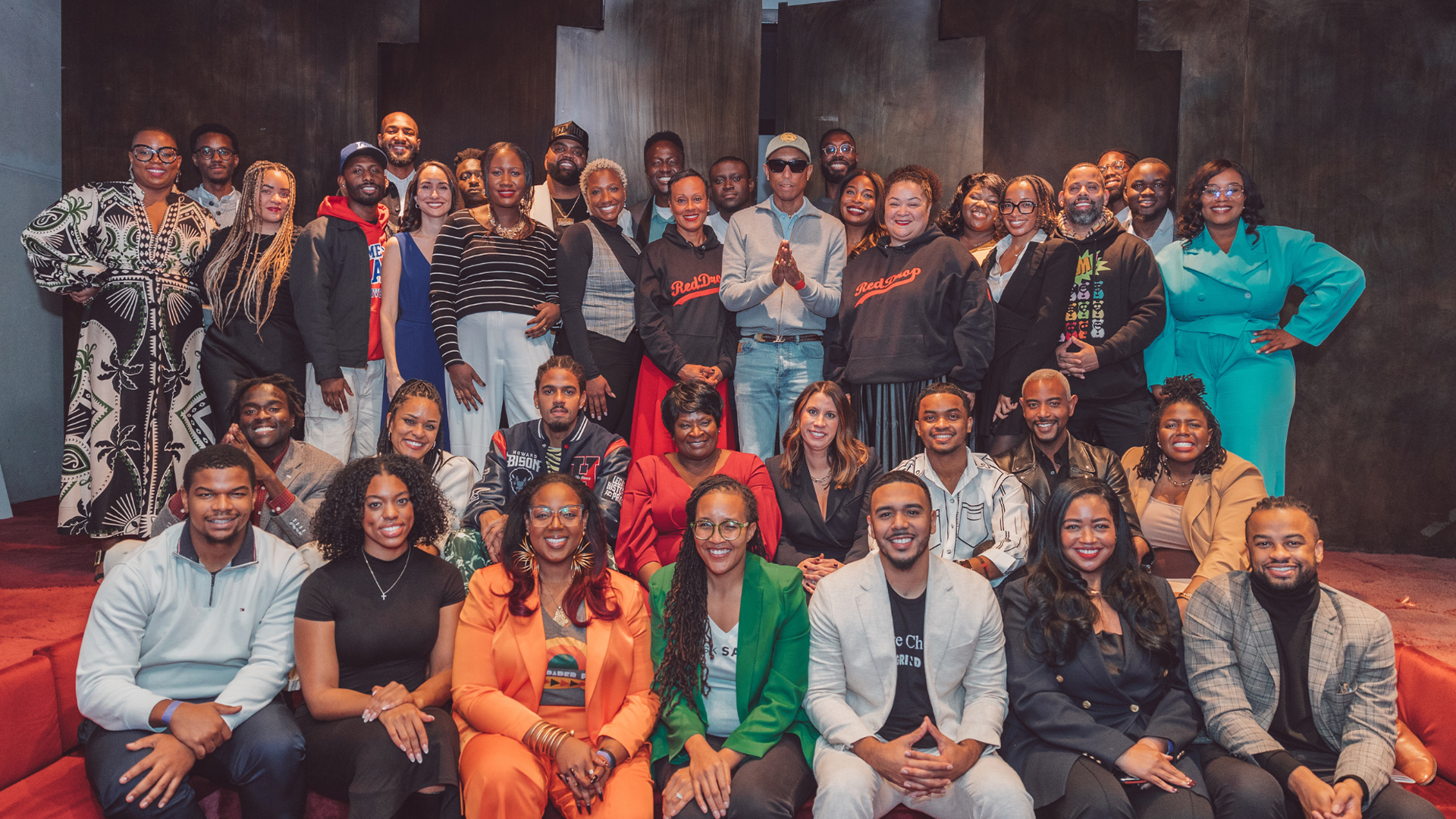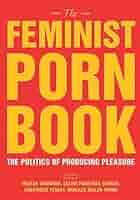Fearless Freedom Initiative Launched to Advance Sustainable Development Goals on Economic Equality
Introduction
Entrepreneur Arian Simone, CEO of the Fearless Fund, has launched Fearless Freedom, a global advocacy initiative. This program emerges in response to a 2023 legal challenge against the Fearless Fund’s grant program for Black women entrepreneurs. The initiative reframes this adversity into a global mission to combat economic inequality and champion economic freedom, directly aligning with the United Nations’ Sustainable Development Goals (SDGs).
Alignment with Sustainable Development Goals (SDGs)
The Fearless Freedom initiative is strategically positioned to address several key SDGs by tackling systemic barriers to capital and opportunity for underrepresented groups worldwide.
- SDG 10 (Reduced Inequalities): The core mission is to reduce economic inequality by challenging systems that restrict access to capital for marginalized communities, particularly Black entrepreneurs who globally receive less than 1% of venture capital.
- SDG 5 (Gender Equality): The initiative places significant emphasis on empowering women of color entrepreneurs, who are among the most active entrepreneurial groups but receive the least funding, thereby addressing critical targets within SDG 5.
- SDG 8 (Decent Work and Economic Growth): By aiming to improve financial inclusion for the 1.4 billion people who remain unbanked, the initiative seeks to foster inclusive and sustainable economic growth, creating opportunities for decent work through entrepreneurship.
- SDG 17 (Partnerships for the Goals): Fearless Freedom is designed as a collective movement, calling for a united global effort that brings together community leaders, policymakers, and advocates to create a multi-stakeholder partnership for achieving its objectives.
Strategic Objectives and Key Data
The initiative’s urgency is underscored by global economic disparities that hinder sustainable development. The program’s strategy is informed by the following data points:
- 1.4 billion individuals worldwide lack access to formal banking services, inhibiting their economic participation.
- A significant funding gap exists for women of color, who are highly active as entrepreneurs but are disproportionately underfunded.
- Black-led enterprises globally attract less than 1% of all venture capital, highlighting a severe racial disparity in economic opportunity.
Implementation and Call to Action
Fearless Freedom will employ a multi-faceted strategy to transition from awareness to tangible action. The implementation plan includes a blend of storytelling, policy discussions, and creative programming to drive systemic change. The public and relevant stakeholders are encouraged to participate through the following channels:
- Engaging with the initiative’s official social media channels, @FearlessFreedomMedia on Instagram and TikTok.
- Subscribing to the official email list for updates on programming and policy conversations.
- Participating in the forthcoming Fearless Freedom convening, which will serve as a platform for collaboration between community leaders, policymakers, and advocates.
SDGs Addressed in the Article
SDG 5: Gender Equality
- The article highlights the Fearless Fund’s focus on supporting “Black women entrepreneurs” and businesses led by “women of color.” It explicitly states that “Women of color are among the most active entrepreneurs — but receive the least funding,” directly addressing the economic empowerment and equality of women.
SDG 8: Decent Work and Economic Growth
- The initiative “Fearless Freedom” aims to expand “financial inclusion” and challenge systems that “restrict access to capital and opportunity.” This connects to promoting entrepreneurship and ensuring access to financial services, which are crucial for economic growth. The article mentions the goal of supporting “micro-, small- and medium-sized enterprises” through better access to funding.
SDG 10: Reduced Inequalities
- The central theme of the article is the fight against “economic inequality.” The Fearless Freedom initiative is described as a “bold global advocacy initiative to combat economic inequality.” It specifically addresses disparities faced by “underrepresented groups,” “Black entrepreneurs,” and “women of color,” aiming to reduce inequalities of outcome and opportunity based on race and gender.
SDG 17: Partnerships for the Goals
- The article describes Fearless Freedom as a “global advocacy initiative” that calls for a “united effort” and a “collective and intentional response.” It aims to bring together “community leaders, policymakers, and advocates” and build a “growing network of advocates,” which exemplifies the multi-stakeholder partnership approach central to SDG 17.
Specific SDG Targets Identified
SDG 5: Gender Equality
- Target 5.5: Ensure women’s full and effective participation and equal opportunities for leadership at all levels of decision-making in political, economic and public life. The article’s focus on the disparity in funding for “women of color” entrepreneurs and the work of the Fearless Fund to invest in “women of color-led businesses” directly relates to promoting women’s leadership and participation in economic life.
- Target 5.a: Undertake reforms to give women equal rights to economic resources, as well as access to ownership and control over… financial services. The initiative’s goal to challenge systems restricting “access to capital” for women entrepreneurs aligns with ensuring women have equal access to financial services and economic resources.
SDG 8: Decent Work and Economic Growth
- Target 8.3: Promote development-oriented policies that support productive activities, decent job creation, entrepreneurship, creativity and innovation… including through access to financial services. The article’s emphasis on supporting entrepreneurs by improving “access to capital” and venture capital funding directly supports this target.
- Target 8.10: Strengthen the capacity of domestic financial institutions to encourage and expand access to banking, insurance and financial services for all. The article explicitly mentions the statistic that “1.4 billion people worldwide remain unbanked” as a key problem the initiative addresses, linking directly to the goal of expanding financial inclusion for all.
SDG 10: Reduced Inequalities
- Target 10.2: By 2030, empower and promote the social, economic and political inclusion of all, irrespective of… sex, race, ethnicity… or other status. The initiative’s mission to combat economic inequality for “underrepresented groups,” “Black entrepreneurs,” and “women of color” is a direct effort to promote economic inclusion for all, regardless of race or gender.
- Target 10.3: Ensure equal opportunity and reduce inequalities of outcome, including by eliminating discriminatory… policies and practices. The initiative’s use of “policy conversations” to “challenge the systems that restrict access to capital” and its origin in a legal battle against “racial exclusion” directly address the need to reform policies and practices that create unequal outcomes.
SDG 17: Partnerships for the Goals
- Target 17.17: Encourage and promote effective public, public-private and civil society partnerships. Fearless Freedom is presented as a movement that brings together “community leaders, policymakers, and advocates,” which is a clear example of a civil society partnership aimed at achieving a common goal.
Indicators for Measuring Progress
SDG 5: Gender Equality
- Indicator: Percentage of venture capital funding received by women of color-led businesses. The article implies this indicator by stating that women of color “receive the least funding.” Progress would be measured by an increase in this percentage.
- Indicator: Number of active entrepreneurs who are women of color. The article notes that “Women of color are among the most active entrepreneurs,” establishing a baseline for this metric.
SDG 8: Decent Work and Economic Growth
- Indicator (related to 8.10.2): Proportion of the population that is unbanked. The article provides a direct global statistic: “1.4 billion people worldwide remain unbanked.” A reduction in this number would indicate progress.
SDG 10: Reduced Inequalities
- Indicator: Percentage of venture capital received by Black entrepreneurs. The article provides a specific data point: “Black entrepreneurs globally receive less than 1% of venture capital.” An increase from this very low baseline would be a key measure of success in reducing this inequality.
- Indicator: Number of policies changed or reformed to improve access to capital for underrepresented groups. This is implied by the initiative’s plan to hold “policy conversations” to challenge restrictive systems.
SDG 17: Partnerships for the Goals
- Indicator: Number of individuals and organizations engaged in the Fearless Freedom movement. The article implies this by encouraging people to follow social media channels, join the email list, and attend convenings. Growth in this network would measure the partnership’s success.
Summary of SDGs, Targets, and Indicators
| SDGs | Targets | Indicators |
|---|---|---|
| SDG 5: Gender Equality | 5.5: Ensure women’s full participation and equal opportunities for economic leadership. 5.a: Give women equal rights to economic resources and access to financial services. |
– Percentage of funding received by women of color entrepreneurs. – Number of active entrepreneurs who are women of color. |
| SDG 8: Decent Work and Economic Growth | 8.3: Promote policies that support entrepreneurship and access to financial services. 8.10: Expand access to banking and financial services for all. |
– Proportion of the population that is unbanked (mentioned as 1.4 billion people). |
| SDG 10: Reduced Inequalities | 10.2: Empower and promote the social and economic inclusion of all, irrespective of race or sex. 10.3: Ensure equal opportunity and reduce inequalities of outcome. |
– Percentage of venture capital received by Black entrepreneurs (mentioned as less than 1%). – Number of policies reformed to improve access to capital. |
| SDG 17: Partnerships for the Goals | 17.17: Encourage and promote effective public, public-private and civil society partnerships. | – Number of individuals and organizations engaged in the Fearless Freedom movement. |
Source: afrotech.com







